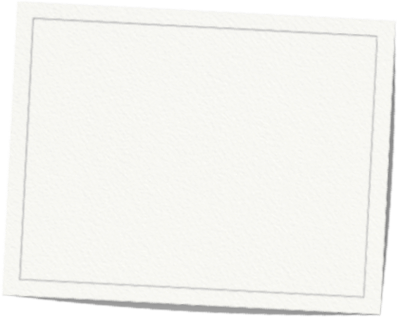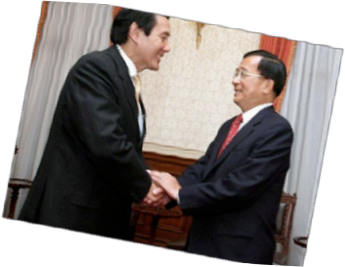Our Differences

Our Similarities


Major Influences on Taiwanese Mandarin

-
1.Mandarin (1945-now): A Chinese dialect originated near Beijing / Official language
-
2.Minnan and Hakka (1600s-now): Chinese dialects in Southeast China / Dialects
-
3.Japanese (1895-1945): the language used in Japan / Official language
-
4.Indigenous languages (before 1600s-now): Dialects from Southeast Asia
-
5.Other influences: Dutch, Spanish, English, etc.










